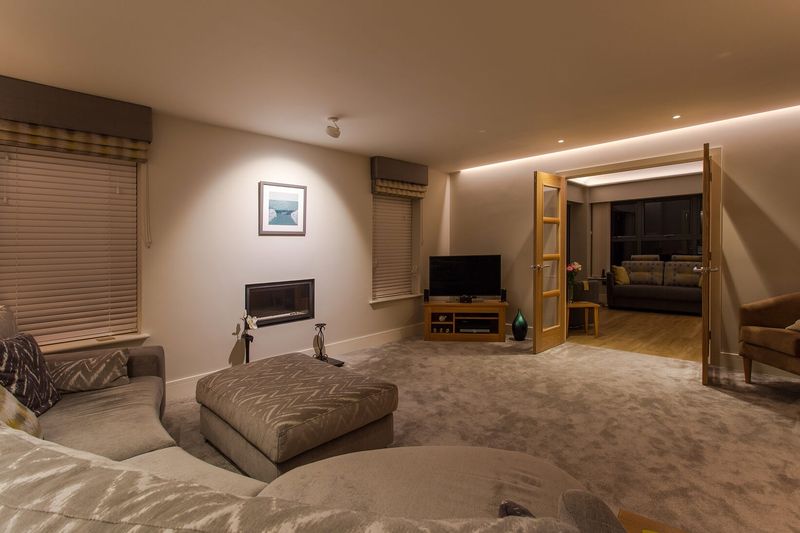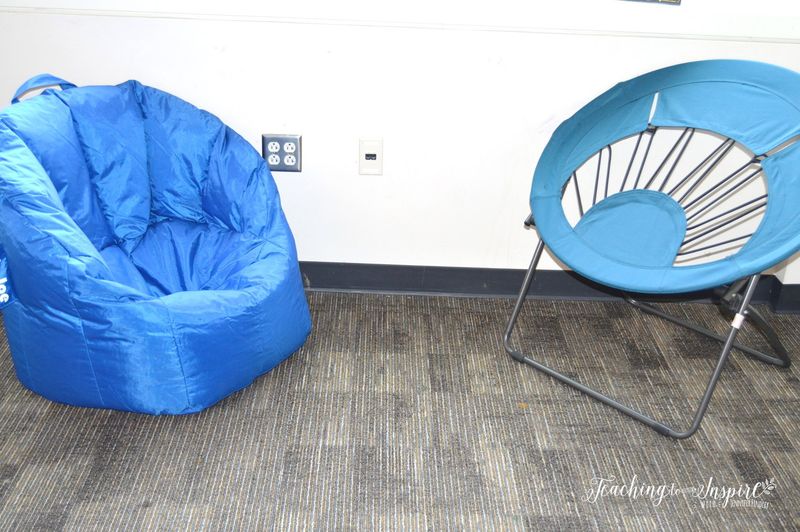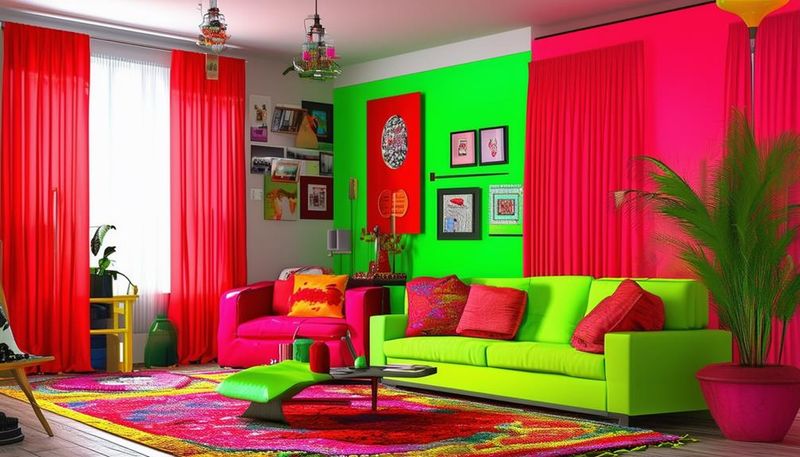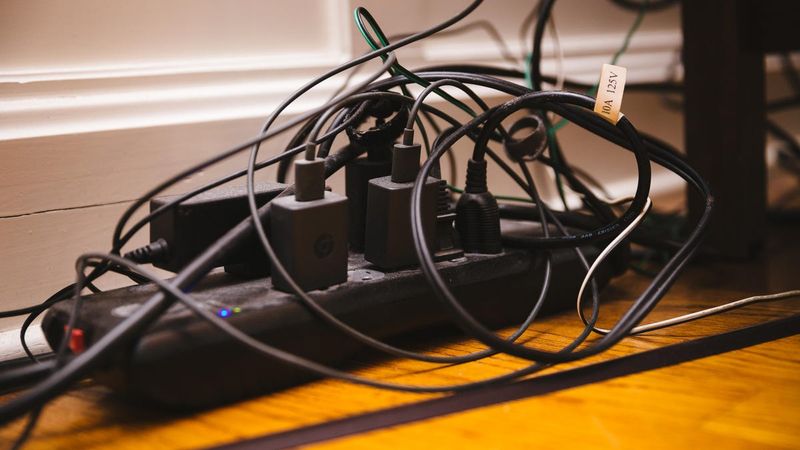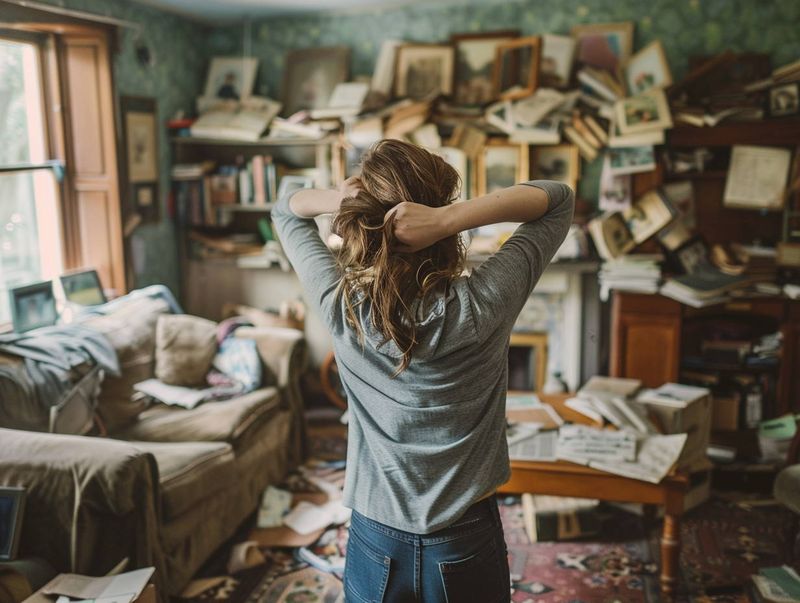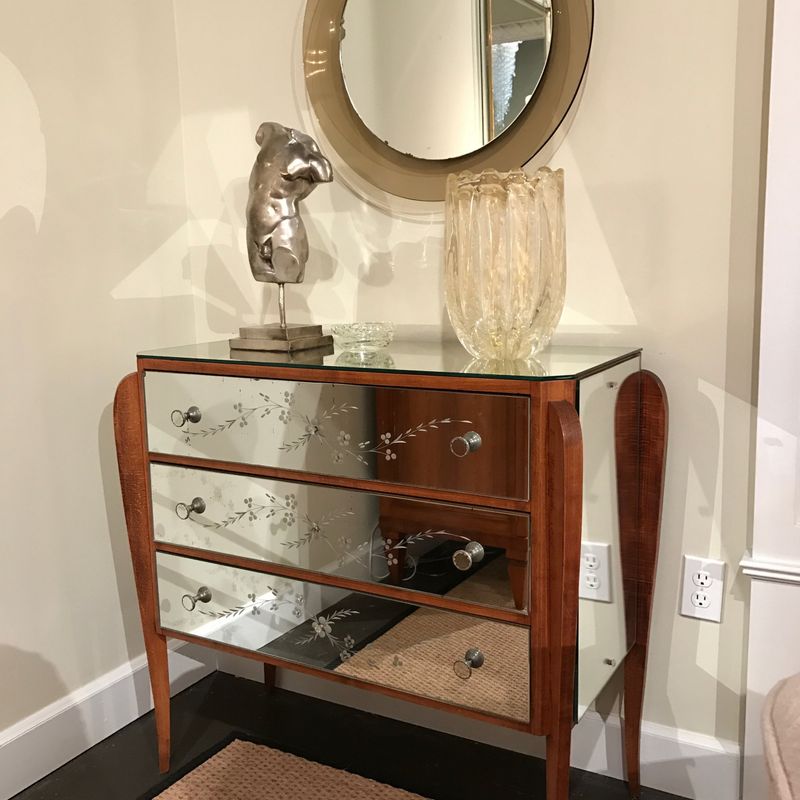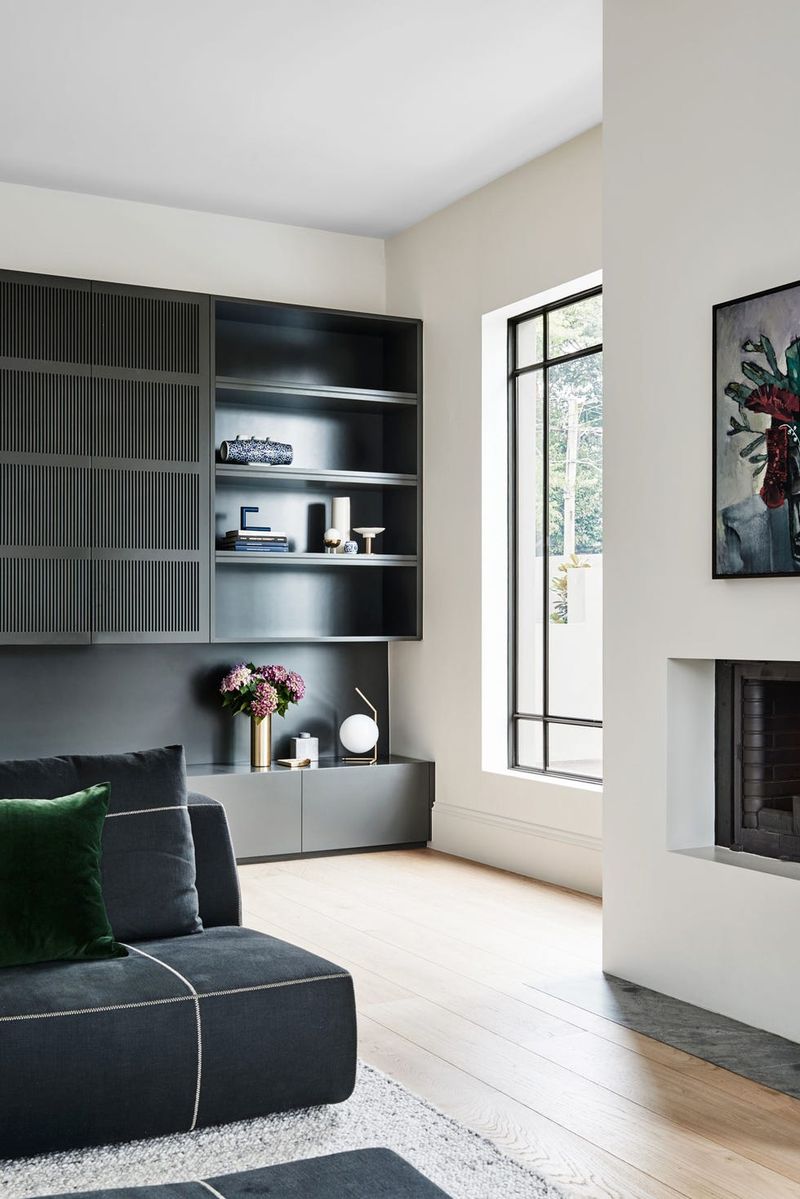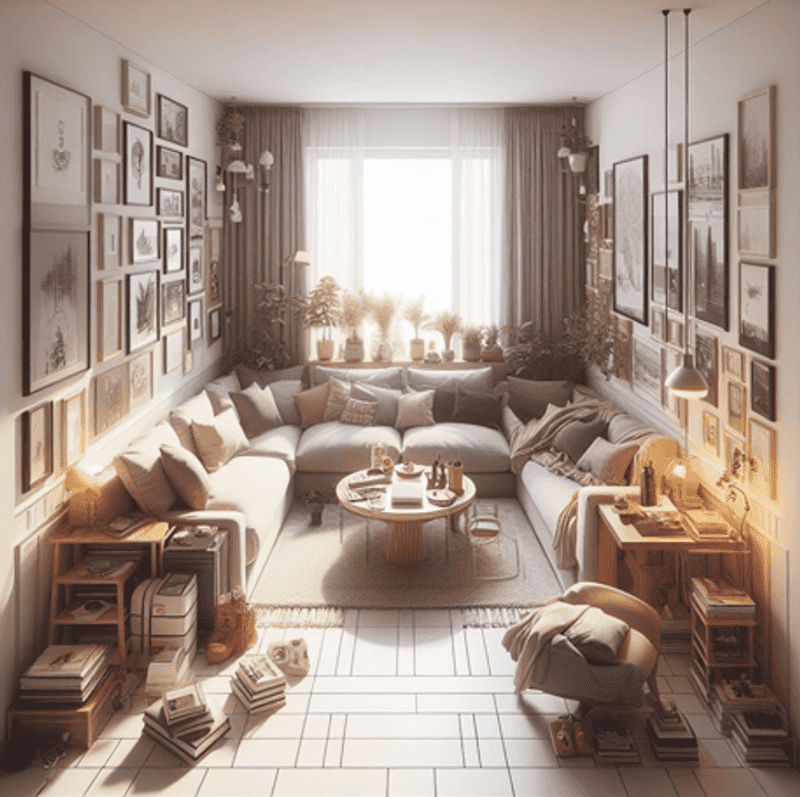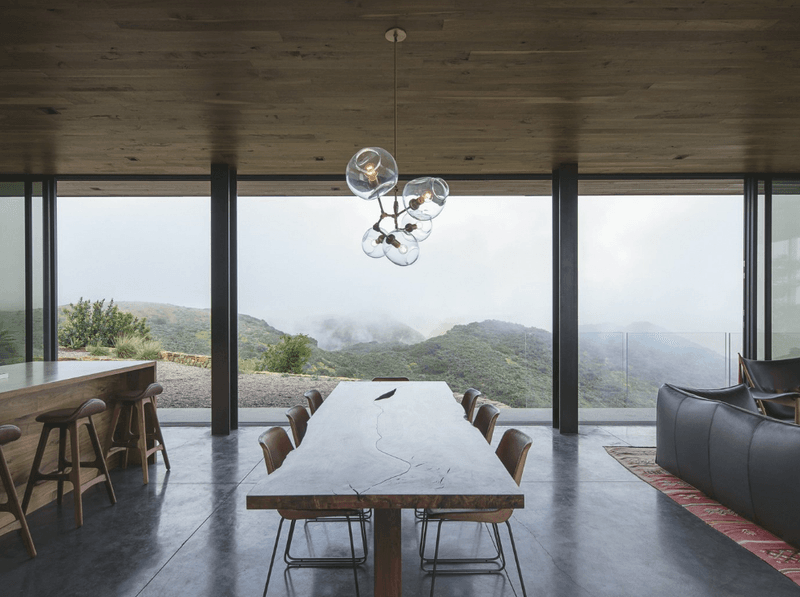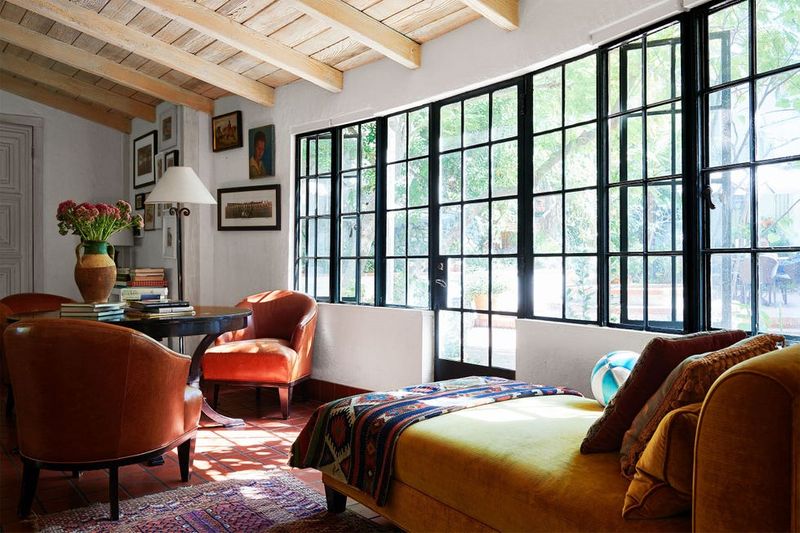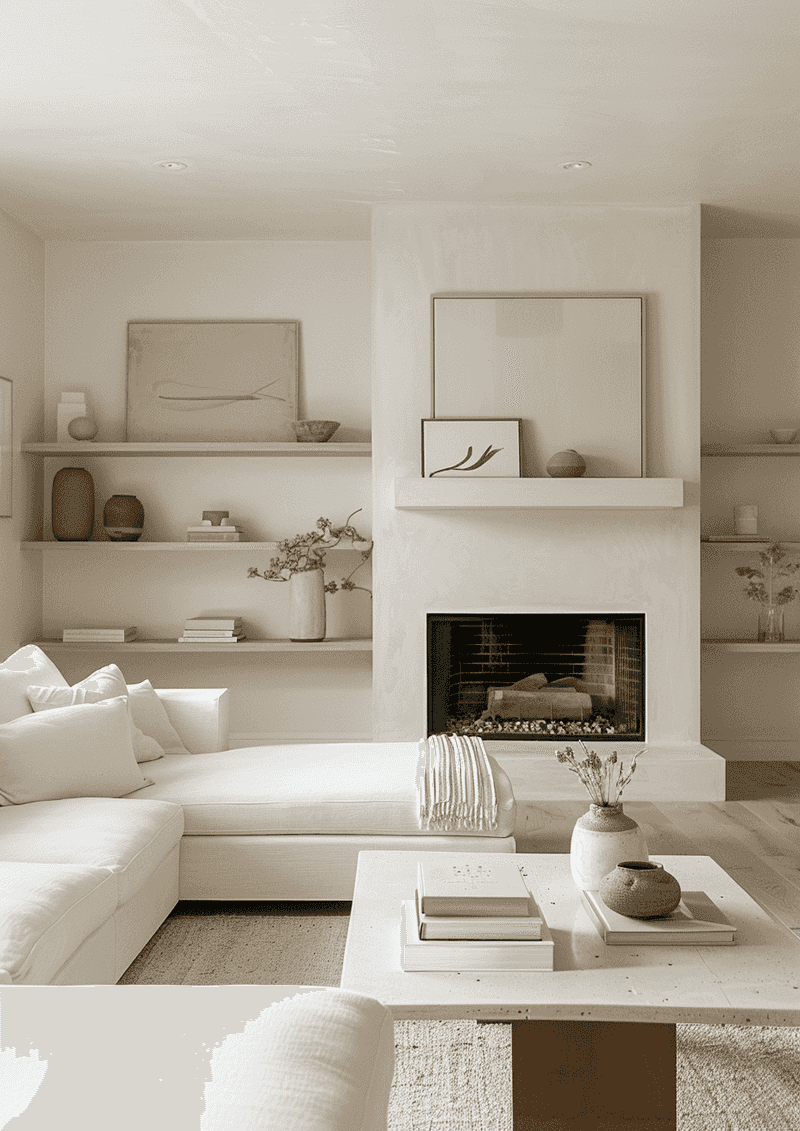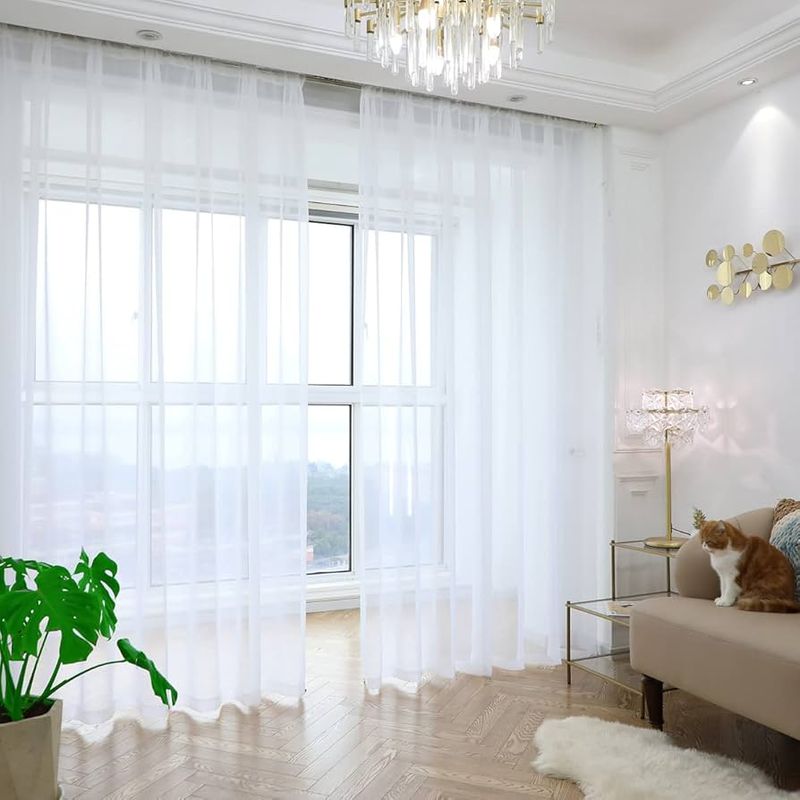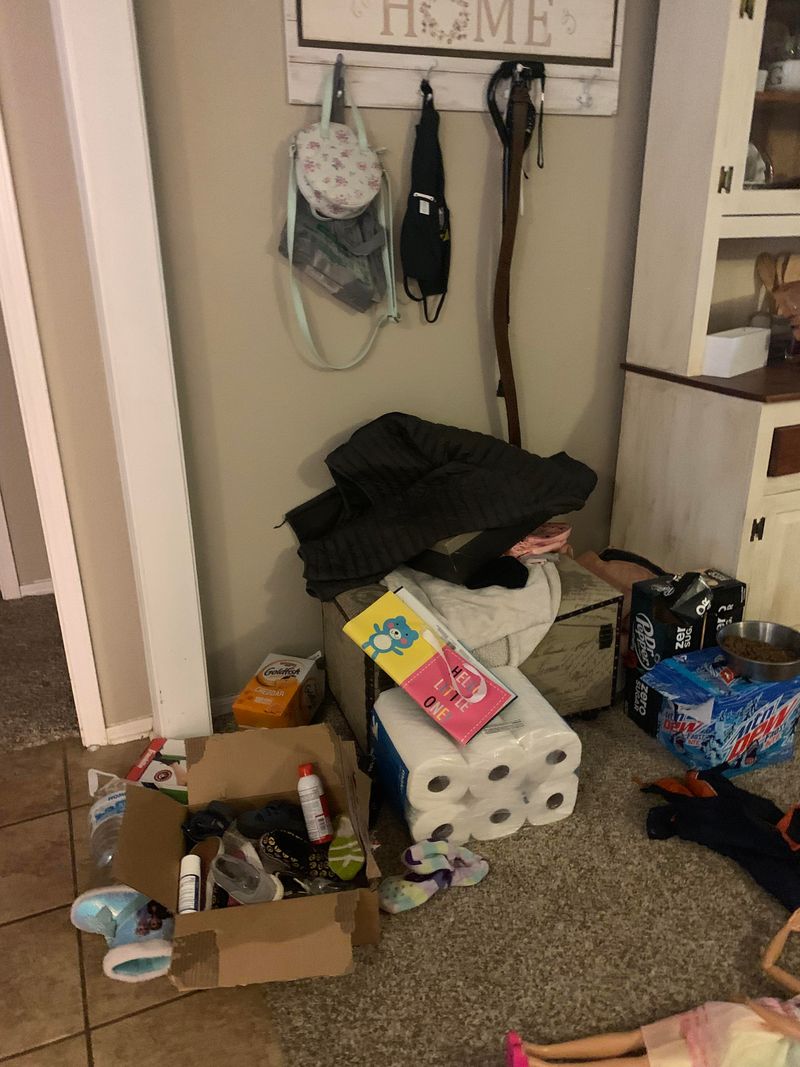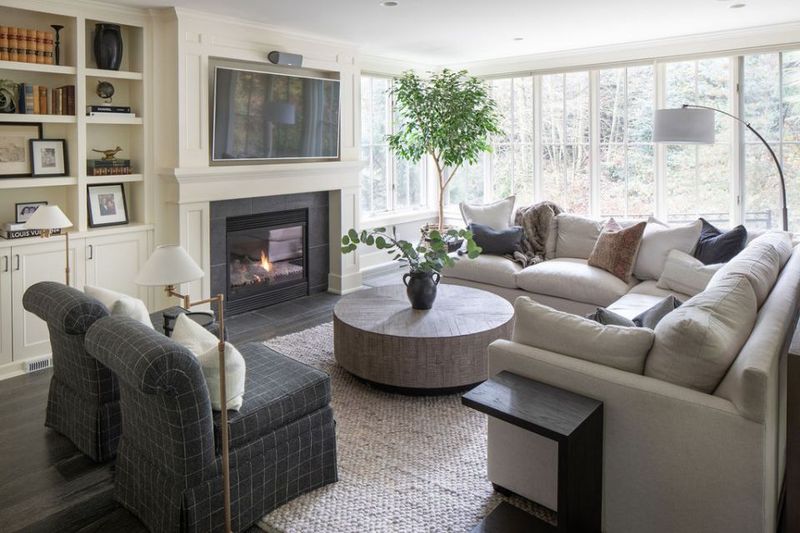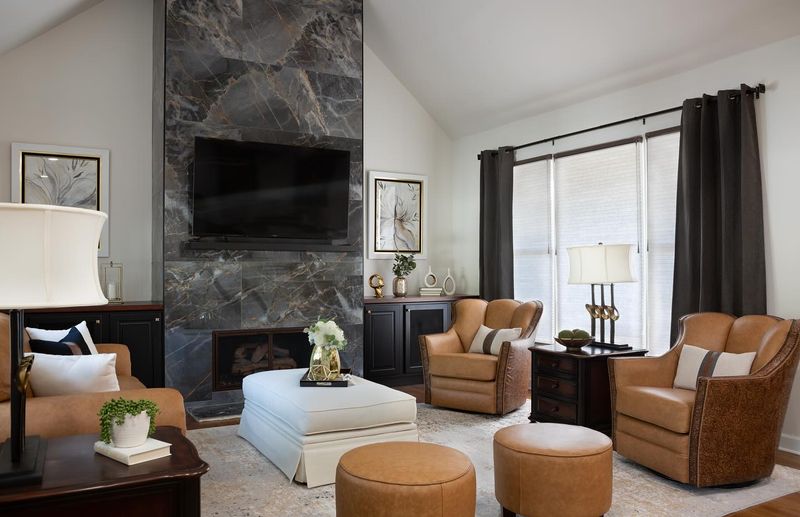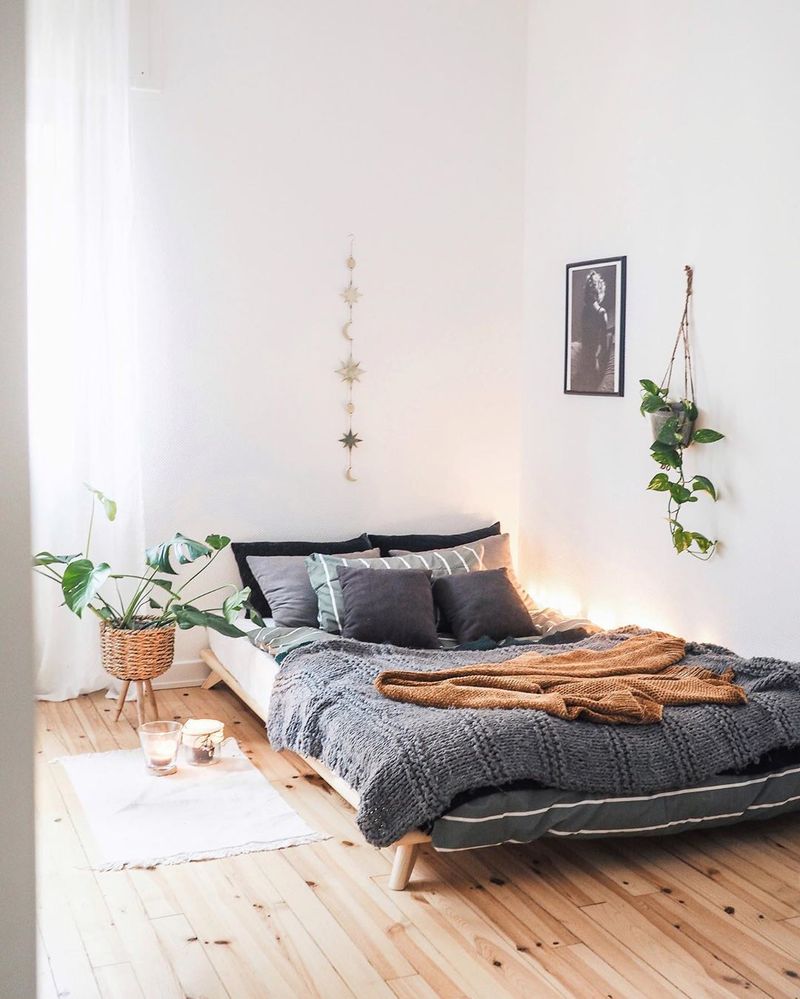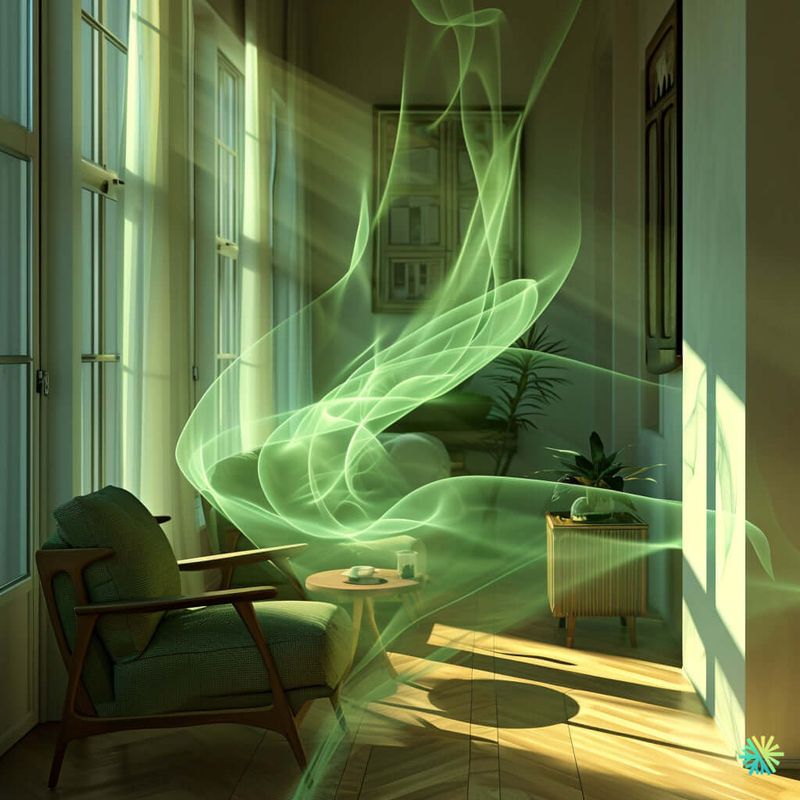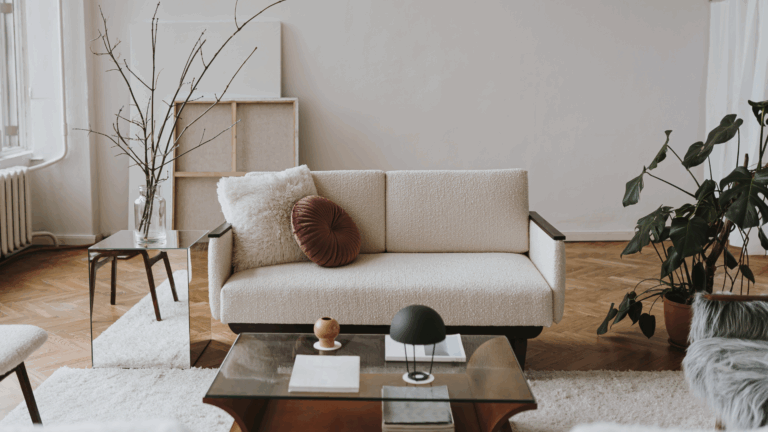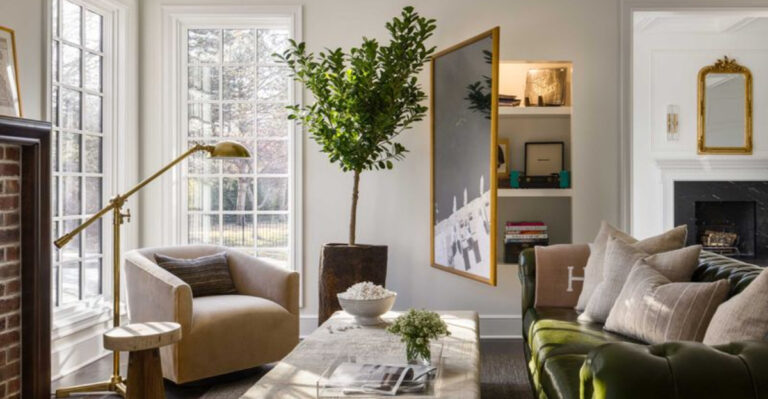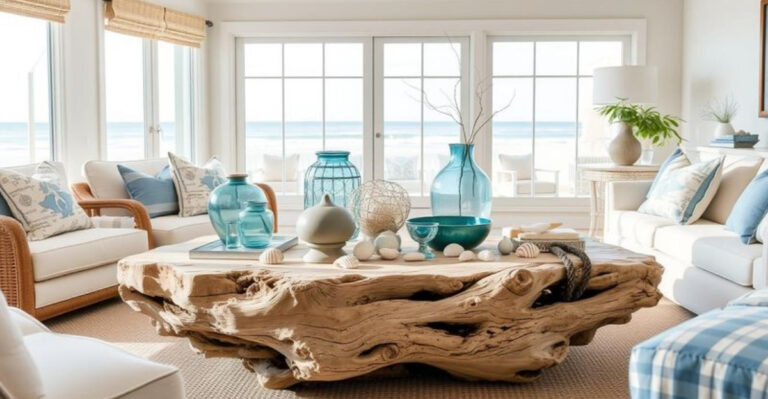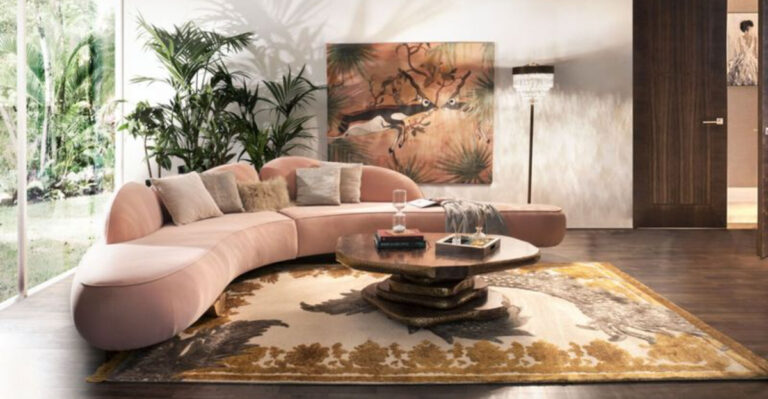19 Design Mistakes That Are Making It Harder For You To Relax At Home
Ever wonder why you can’t seem to unwind at home even after a long day?
The answer might be hiding in your interior design choices. Our living spaces significantly impact our ability to relax and recharge.
Let’s explore common design mistakes that could be secretly sabotaging your downtime and discover simple fixes to transform your home into the sanctuary you deserve.
1. Poor Lighting Arrangements
When the sun sets and you flick on that harsh overhead light, your body’s natural wind-down process gets disrupted. Lighting directly affects mood and our circadian rhythm, making it crucial for relaxation.
Try incorporating multiple light sources at different heights instead of relying on a single ceiling fixture. Soft, warm-toned lamps create a cozy atmosphere that signals to your brain it’s time to relax and unwind.
2. Uncomfortable Seating Options
Have you ever noticed how quickly you want to get up from that stylish but rock-hard sofa? Prioritizing looks over comfort is a classic relaxation-killer in many homes.
Your body needs proper support to truly relax, so test furniture before purchasing whenever possible. Even the most beautiful chair becomes useless if you avoid sitting in it. Balance aesthetics with ergonomics for seating that welcomes rather than repels.
3. Overwhelming Color Schemes
Vibrant red walls might have seemed exciting in the paint store, but living with intense colors can subtly elevate stress levels day after day. Certain hues stimulate rather than soothe our nervous systems.
Soft, neutral colors create a calming backdrop that allows your mind to decompress. If you love bold colors, try incorporating them as accents through pillows or artwork instead. This way, you get visual interest without the constant visual stimulation.
4. Disorganized Cable Chaos
Nothing says “modern stress” quite like a tangled nest of cables snaking across your floor or dangling behind entertainment centers. These visual reminders of technology create subtle anxiety and distraction.
Taking time to organize and conceal cords can dramatically improve your space’s peaceful feel. Simple solutions like cord covers, cable clips, or furniture with built-in management systems make a surprising difference in how serene a room feels.
5. Cluttered Surfaces Everywhere
Imagine walking into a room where every surface is covered with random objects. Stressful, right? Your brain processes each item as a potential task or decision, creating mental fatigue without you realizing it.
Creating designated homes for everyday items and embracing the ‘less is more’ philosophy can dramatically change how you feel in your space. Remember that clear surfaces equal a clear mind!
6. Too Many Reflective Surfaces
Gleaming surfaces might look sleek and modern, but an abundance of mirrors, glass, and high-gloss finishes can create an uncomfortably stimulating environment. Light bounces everywhere, creating subtle visual tension.
Balance is key here. Incorporate some matte finishes and soft textiles to absorb light and sound. Your nervous system will thank you for the reduced sensory input, allowing your mind to settle more easily into a relaxed state.
7. Neglected Natural Elements
Surrounded by artificial materials and electronic devices, we often forget our deep biological connection to nature. Spaces lacking natural elements can feel sterile and subtly uncomfortable.
Introducing houseplants, natural wood tones, or stone features helps satisfy our innate need for nature connection. Even simple additions like a small potted plant or wooden bowl can make spaces feel more grounding and peaceful.
8. Overcrowded Furniture Arrangements
Squeezing too much furniture into a room creates a physical and psychological sense of confinement. When pathways are narrow and spaces feel cramped, tension builds without us even realizing it.
Allow your rooms to breathe by leaving appropriate negative space between furniture pieces. This simple adjustment improves flow and creates a sense of spaciousness that helps your mind expand rather than contract when you enter the room.
9. Insufficient Sound Management
Hard surfaces everywhere create an acoustic nightmare where sounds bounce and amplify. Many modern homes unintentionally become echo chambers that prevent true relaxation. Incorporating soft textiles like area rugs, curtains, and upholstered furniture helps absorb sound waves.
The difference can be dramatic, turning a harsh-sounding space into one that feels instantly more peaceful and conducive to unwinding after a noisy day.
10. Visible Work Materials
When your laptop, bills, or work documents remain visible during downtime, your brain stays partially in work mode. This common mistake blurs the boundary between relaxation and productivity.
Creating physical separation between work and rest areas helps your brain fully disengage. If space is limited, try using decorative boxes or cabinets that can close away work items when it’s time to relax. Out of sight truly helps keep work out of mind.
11. Temperature Discomfort Zones
Feeling slightly too hot or too cold creates a constant low-level discomfort that prevents deep relaxation. Many homes have problematic spots near windows or vents that disrupt temperature consistency.
Addressing drafty windows, adding ceiling fans for better air circulation, or using zone heating can make a dramatic difference. Pay attention to where you naturally avoid sitting – temperature issues might be the hidden culprit making those areas unusable.
12. Insufficient Privacy Measures
Feeling exposed to neighbors or passersby creates a subtle vigilance that prevents true relaxation. Many modern homes with large windows prioritize views over the psychological comfort of privacy.
Strategic window treatments that allow light while maintaining privacy can transform how secure you feel. Consider solutions like top-down blinds or sheer curtains that create a visual barrier without blocking natural light completely.
13. Lack of Personal Touches
Walking into a space that could be anyone’s home rather than distinctly yours creates a subtle disconnection. Without personal elements, spaces can feel like hotel rooms – pleasant but not deeply comforting.
Photos, artwork with personal significance, or family heirlooms create an environment that supports your identity and makes relaxation deeper and more restorative.
14. Harsh or Insufficient Window Treatments
Waking up to blinding morning light or trying to relax with streetlights glaring through windows makes proper rest impossible. Many homes have inadequate window coverings that fail to control light effectively.
Investing in proper window treatments that can fully block light when needed creates a foundation for better relaxation and sleep. Layered options like blackout curtains with sheers offer flexibility for different light conditions throughout the day.
15. Neglected Entryway Organization
Coming home to a chaotic entryway immediately triggers stress rather than relief. When coats, shoes, and bags lack proper homes, visual disorder greets you right as you should be decompressing.
Creating a thoughtful entry system with designated spots for everyday items transforms your arrival experience. This transition zone sets the tone for relaxation, allowing you to literally and figuratively leave the outside world behind when you enter your sanctuary.
16. Excessive Digital Device Presence
Screens dominating every room create constant visual invitations to engage rather than unwind. Many homes have TVs, tablets, and computers in virtually every space, making true disconnection nearly impossible.
Consider designating certain areas as screen-free zones where your brain gets genuine rest from digital stimulation. Even simple actions like hiding remotes in drawers or covering TVs when not in use can reduce their psychological pull.
17. Insufficient Soft Textiles
Our sense of touch profoundly affects relaxation, yet many modern interiors lack tactile comfort. Hard, sleek surfaces everywhere might look sophisticated but feel unwelcoming to our bodies.
Layering soft textiles like throws, cushions, and area rugs creates inviting touchpoints throughout your home. These elements not only look cozy but provide actual physical comfort that helps your body release tension and fully relax.
18. Inadequate Storage Solutions
Living among visible belongings with no proper homes creates constant visual reminders of unfinished organization tasks. Your brain registers these items as small uncompleted projects, preventing full relaxation.
Thoughtful storage that truly accommodates your belongings makes maintaining order easier. Remember that relaxation flourishes in spaces where everything has a designated place, allowing your mind to stop cataloging and managing your surroundings.
19. Ignoring Scent Management
Subtle cooking odors, mustiness, or artificial fragrances can create discomfort we may not consciously register. Our sense of smell powerfully affects our nervous system, yet many overlook this aspect of home design.
Addressing ventilation issues and introducing natural, pleasant scents can transform how you feel in your space. Consider air-purifying plants, essential oil diffusers, or simply opening windows regularly to create an olfactory environment that supports relaxation.


